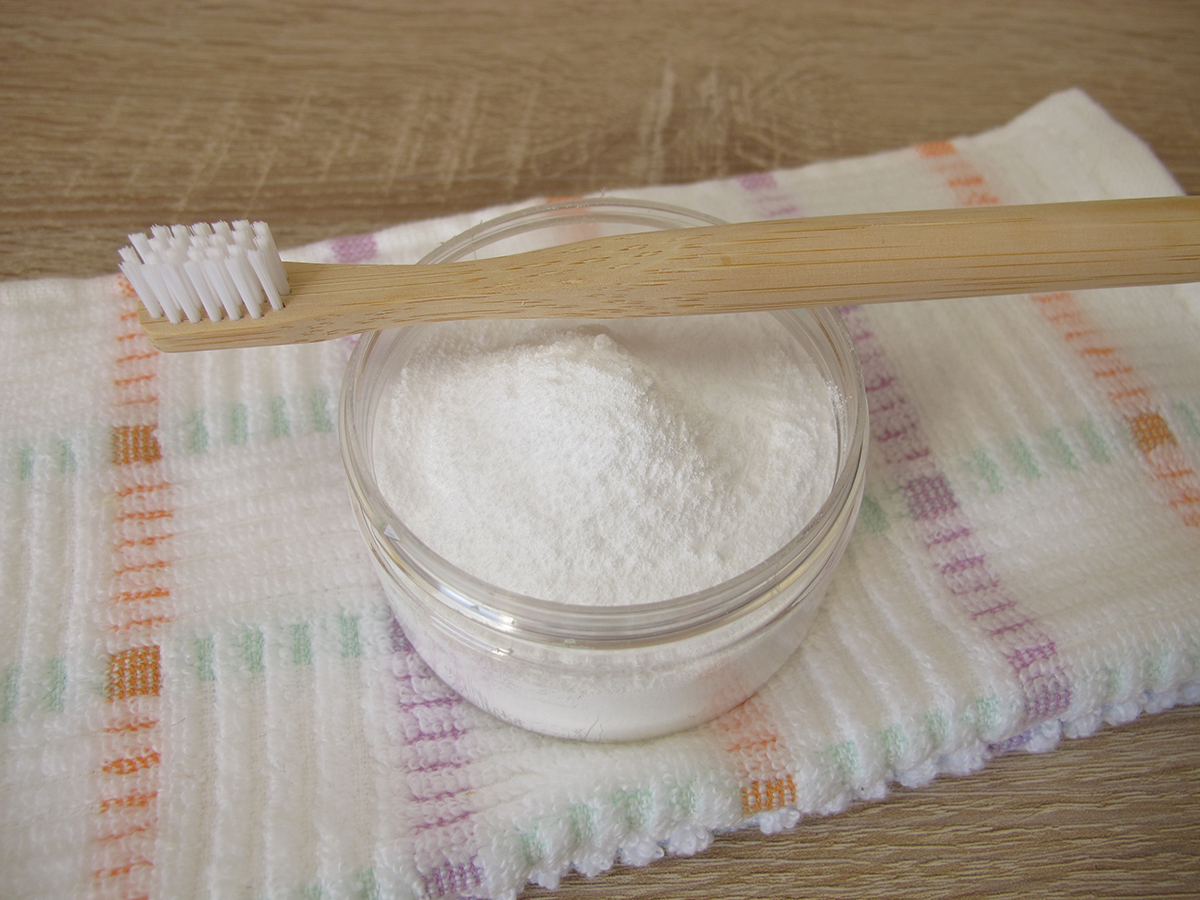Let’s talk about sugar. We all know it’s not great for our teeth (or our diet!). It feeds the bacteria in our mouths, leads to acid production, and eventually causes cavities. But what if there were a sweetener that actually helped protect your teeth instead of harming them?
Meet xylitol. This little-known sugar substitute has been gaining attention in the dental world for good reason. It’s a science-backed ingredient that may help reduce cavities, freshen breath, and even support a healthier oral microbiome.
So, what exactly is xylitol, and why is it showing up in more toothpaste, chewing gum, and even mouthwash? Let’s break it down.
What Is Xylitol?
Xylitol is a type of sugar alcohol, but don’t let the term “alcohol” throw you off. It’s not the kind you find in adult beverages. Sugar alcohols are sweet-tasting compounds found in small amounts in fruits and vegetables. Xylitol is most commonly extracted from birch trees or corn cobs.
The best part? It looks and tastes a lot like sugar, but with one major difference: it doesn’t spike your blood sugar and it doesn’t feed the harmful bacteria in your mouth.
How Does It Work in the Mouth?
To understand why xylitol is so unique, let’s first talk about how cavities form. Your mouth is home to millions of bacteria. Some of them are helpful, but others, like Streptococcus mutans, are not your friends. These bacteria love sugar. When you eat sugary or starchy foods, they feast on the leftovers, creating acid as a byproduct. That acid starts to erode your enamel, the hard outer layer of your teeth.
This process is called demineralization. If you don’t stop it in time, it leads to tooth decay and eventually, a cavity.
Here’s where xylitol shines. The harmful bacteria in your mouth can’t metabolize xylitol. When they try, they basically get tricked. They absorb it thinking it’s food, but they can’t break it down. Instead of producing acid, the bacteria starve and stop multiplying. Over time, this helps reduce the number of cavity-causing bacteria in your mouth.
In other words, xylitol doesn’t just avoid feeding the bad guys – it actively disrupts their ability to cause harm.
Benefits of Xylitol for Oral Health
Now that you know the science behind it, here are some of the top reasons people (and many dentists) are turning to xylitol:
1. Cavity Prevention
Multiple studies have shown that xylitol can help reduce the risk of cavities. In some cases, children who chewed xylitol gum had up to 70% fewer cavities than those who didn’t. That’s a big deal, especially in a world where tooth decay is one of the most common chronic childhood diseases.
2. Helps with Dry Mouth
Saliva plays a crucial role in oral health. It helps neutralize acid, wash away food particles, and deliver minerals that protect enamel. But many people struggle with dry mouth, especially those on medications or with autoimmune conditions.
Xylitol can help stimulate saliva production, which in turn keeps your mouth moist and your teeth protected.
3. Reduces Plaque and Tartar
Xylitol doesn’t just fight cavities. It also helps reduce plaque buildup. That sticky, fuzzy feeling on your teeth? That’s plaque. Left untreated, it hardens into tartar, which can only be removed by a dental professional.
Chewing xylitol gum after meals can help reduce that plaque and keep your smile cleaner between brushings.
4. Fresher Breath
Bad breath usually comes from odor-causing bacteria. Since xylitol helps reduce bacterial growth, it naturally helps keep your breath fresher. Some mouthwashes and mints now include xylitol for this very reason.
How to Use Xylitol
One of the best things about xylitol is that it’s easy to add to your routine.
1. Chewing Gum
This is probably the most popular way to use xylitol. Look for sugar-free gum with xylitol listed as one of the first ingredients. Chewing a piece after meals can help increase saliva, wash away food particles, and lower your risk of cavities.
2. Toothpaste
This is one of the easiest ways to reap the benefits of xylitol for your oral health. Many natural or fluoride-free toothpastes now include xylitol. It can be a great choice for those looking for gentle yet effective alternatives to traditional toothpaste. Dentists often recommend looking for a toothpaste that contains xylitol and brands like are Wellnesse and ORL are commonly recommended.
3. Mints and Candies
If you’re prone to snacking or grabbing a mint after coffee, xylitol-based options can offer a bonus. Not only do they freshen your breath, but they also contribute to oral health rather than harming it.
What About Kids?
One of the great things about xylitol is that it’s safe for children and can be especially beneficial during their cavity-prone years.
In fact, some studies suggest that when pregnant mothers or new moms regularly use xylitol, it may reduce the chances of transmitting cavity-causing bacteria to their babies. That’s because the mother’s oral bacteria profile plays a role in shaping the baby’s microbiome early on.
Of course, you’ll want to check with your pediatric dentist before giving any new product to your child, but generally, xylitol is considered safe and effective for little ones.
Next Steps?
Xylitol might not be a miracle cure, but it’s a smart and simple way to improve your oral health. It tastes good, it’s easy to use, and it helps fight the root causes of cavities and bad breath.
So next time you reach for gum, a mint, or even toothpaste, take a peek at the ingredients. If xylitol is on the list, you’re already doing something good for your smile.
Have you tried xylitol? Whether it’s in your toothpaste or your favorite chewing gum, let us know how it’s working for you. Your mouth (and your dentist) just might thank you for it.

Leave a Reply